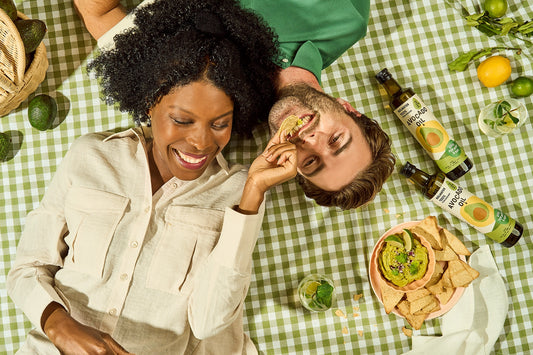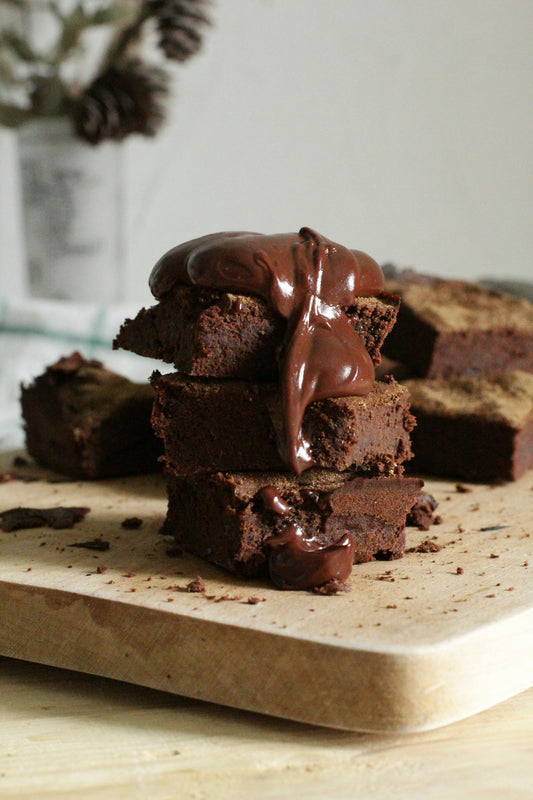
Recipe
Avocado Oil Brownies with Sea Salt
Ready to level up your brownie game? Then, look no further!
Okay - so who doesn’t love a good brownie? They’re a classic, but let’s kick it up a notch with Soilmates avocado oil. These brownies are rich, chocolatey, and have a few twists that will make them the star of any gathering. So, grab your apron and let’s get baking!
12/07/2024
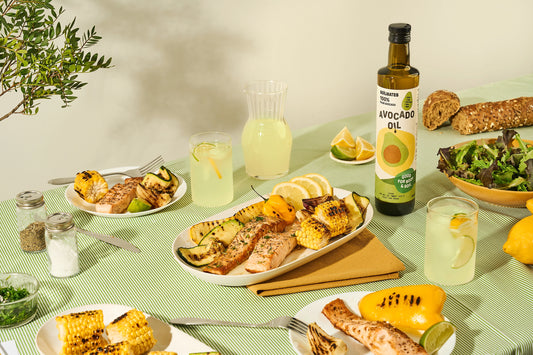
Story
MOVE OVER, OLIVE OIL: WHY AVOCADO OIL IS THE NEW KITCHEN CHAMPION
Alright, we get it – we Soilmates are super hyped about avocado oil. But have you heard all the buzz that's going around about avocado oil? Whether you’re drizzling it over your salad, frying up a storm, or even pampering your skin, avocado oil is here to transform your life in the most delightful ways.
18/06/2024
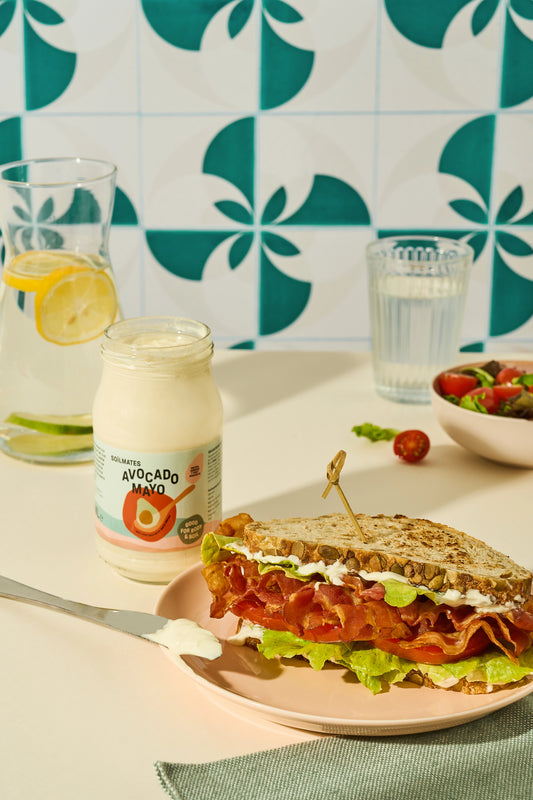
Story
A good squeeze: all you need to know about Soilmates Avocado Mayo
Your favorite kitchen bestie (Avocado Oil, we see you!) just got a brand new sidekick. Soilmates Avocado Mayo. Cheeky little jars filled with creamy, delicious avocado mayonnaise have hit Dutch supermarkets. Bursting with creamy, delicious goodness and ready to squeeze its way into your fridge (and your heart).
18/06/2024
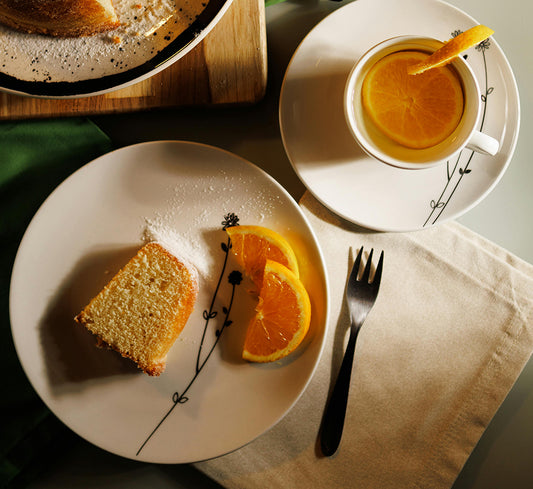
Recipe
Avocado Oil & Lemon Cake Recipe
Ready to add some zest to your day? This Avocado Oil Lemon Cake is like a slice of summer! Quick, easy, and packed with all the good vibes.
18/06/2024
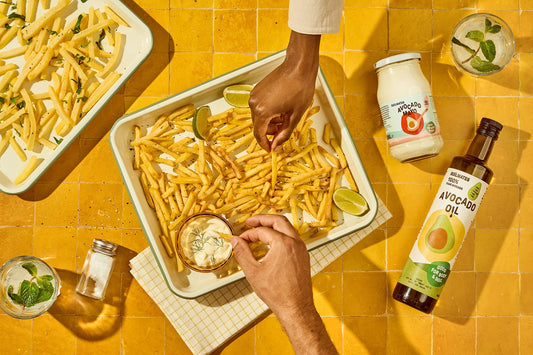
Story
Fry Me to the Moon, Soilmate
French fries — those golden, crispy delights that have captured hearts and taste buds around the globe. We all know and love the crispy perfection of French fries, Soilmate. But have you tried them with our hero ingredient, avocado oil?
11/06/2024
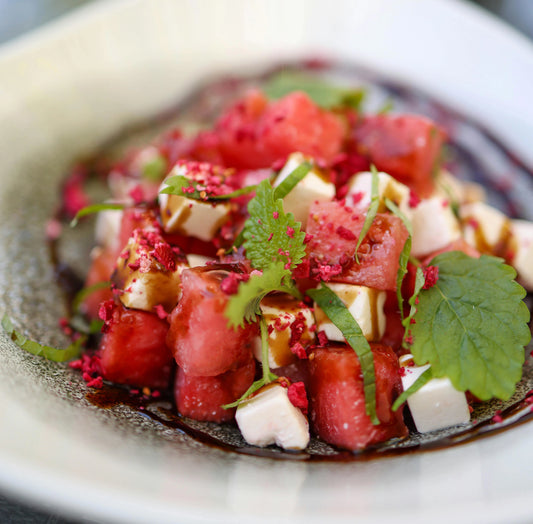
Story
Get Your Salad Swagger On
It is getting hot out there, isn’t it? Well we are here to help! This Watermelon and Feta Salad is your go-to for a burst of freshness and flavor.
05/06/2024



